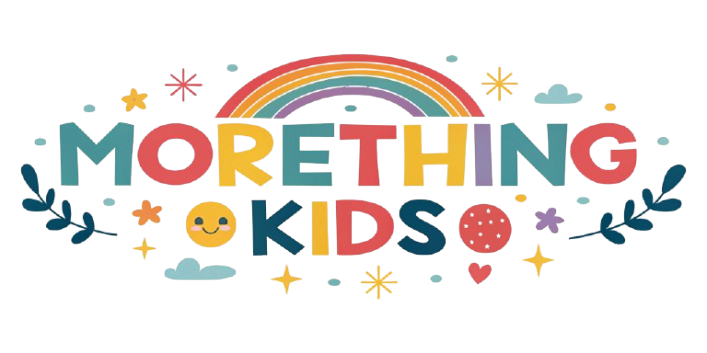Children’s balance bike sports, as an emerging outdoor activity for children in recent years, are gradually becoming a popular choice in global children’s physical activities due to their unique charm and significant benefits. As a professional in children’s outdoor sports, I will analyze the development trends of children’s balance bike sports in 2025, helping you gain a deeper understanding of the future direction of this sport.
I. The Rise and Market Growth of Children’s Balance Bike Sports
Children’s balance bikes, also known as strider bikes or run bikes, are pedal-less bicycles designed for children aged 2 to 5, aimed at helping them develop balance and coordination skills. In recent years, with parents’ increasing emphasis on early childhood physical development, children’s balance bike sports have rapidly emerged as a new favorite in children’s physical activities.
- Expanding Market Size: According to market research reports, the global children’s balance bike market is growing rapidly and is expected to reach new heights by 2030. Particularly in North America, Europe, and the Asia-Pacific region, the sales and market share of children’s balance bikes have shown significant growth trends.
- Increasing Sport Popularity: Children’s balance bike sports are not only popular among families but are also gradually being incorporated into school and community activities. More and more kindergartens and early education institutions are including balance bike sports in their curricula to help children learn balance and coordination skills through play.
II. Benefits of Children’s Balance Bike Sports
The popularity of children’s balance bike sports is inseparable from their multiple benefits to children’s physical and mental development:
- Balance and Coordination Skills: By riding balance bikes, children can naturally master balance techniques, laying a solid foundation for learning to ride a bicycle in the future.
- Physical Fitness Improvement: Balance bike sports can exercise children’s leg muscles, core strength, and endurance, promoting physical development.
- Confidence and Social Skills: Participating in balance bike competitions and group activities can enhance children’s confidence and cultivate teamwork and social skills.
- Outdoor Activities and Health: Balance bike sports encourage children to go outdoors, reduce screen time, and enjoy the fun of outdoor sports, helping to prevent issues such as childhood obesity and nearsightedness.
III. Development Trends of Children’s Balance Bike Sports
1. Technological Innovation and Product Upgrades
- Material and Design Optimization: With technological advancements, the materials and designs of children’s balance bikes are constantly being upgraded. The use of lightweight materials such as aluminum alloy and carbon fiber makes the bikes lighter and easier for children to handle. Additionally, ergonomically designed frames and adjustable seats cater to the needs of children of different ages.
- Smart Technology Trends: The integration of smart technology brings new experiences to children’s balance bikes. For example, balance bikes equipped with GPS positioning and smart locks can help parents monitor their children’s location in real time, enhancing safety. In the future, smart balance bikes may integrate more educational and entertainment features, such as voice navigation and interactive games.
2. Diversification of Competitions and Activities
- Rise of Professional Competitions: Children’s balance bike competitions are becoming more professional, with large-scale events worldwide attracting numerous participants. These competitions not only elevate the competitive level of the sport but also provide a platform for children to showcase themselves.
- Community and School Activities: Balance bike sports are gradually being integrated into community and school physical activities. Many cities host community balance bike carnivals and school sports days, encouraging more children to participate and promoting the sport’s popularity.
3. Emphasis on Safety and Standardization
- Improved Safety Standards: As the sport becomes more widespread, safety issues have garnered widespread attention. Governments and industry organizations in various countries are establishing stricter safety standards to ensure that the design and manufacturing of children’s balance bikes meet safety requirements.
- Training and Education: Professional balance bike training courses and coaching teams are emerging, helping children master correct riding techniques and safety awareness, becoming the preferred choice for parents and children.
4. Environmental Protection and Sustainable Development
- Application of Eco-Friendly Materials: With the global rise in environmental awareness, manufacturers of children’s balance bikes are beginning to use recyclable and eco-friendly materials, reducing the carbon footprint during production.
- Circular Economy Model: The second-hand balance bike market and rental services are gradually emerging, extending the product lifecycle, reducing resource waste, and aligning with the concept of sustainable development.
IV. Future Outlook of Children’s Balance Bike Sports
Children’s balance bike sports will continue to maintain strong development momentum in the coming years:
- Continued Market Growth: It is expected that by 2030, the global children’s balance bike market will further expand, with particularly significant market potential in the Asia-Pacific region.
- Integration of Technology and Education: The combination of smart technology and educational content will make balance bikes not only a sports tool but also an auxiliary tool for early childhood education.
- Integration of Competitions and Culture: Balance bike competitions will become more diversified, incorporating cultural and entertainment elements, becoming an important part of family and community activities.
- Continuous Improvement in Safety and Standardization: With the improvement of industry standards and the enhancement of parents’ safety awareness, children’s balance bike sports will become safer and more reliable.
V. Conclusion
Children’s balance bike sports, as an emerging outdoor activity for children, are rapidly gaining favor from parents and children worldwide with their unique educational and entertainment value. Technological innovation, diversification of competitions, safety standardization, and sustainable development will be key factors driving the future development of this sport. As practitioners, we have a responsibility to pay attention to industry dynamics, promote the healthy development of children’s balance bike sports, and create a safe, fun, and educational sports environment for children.













